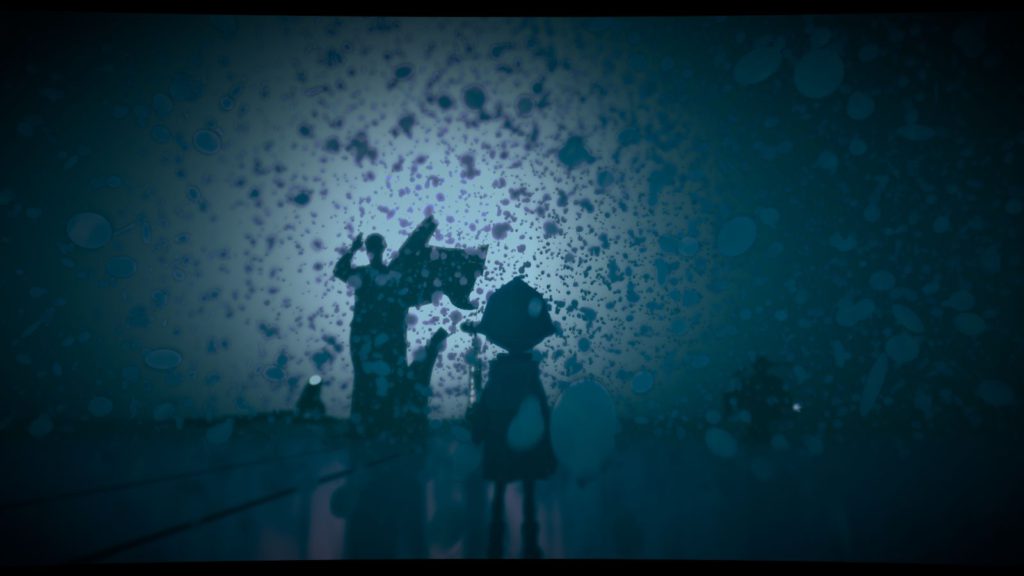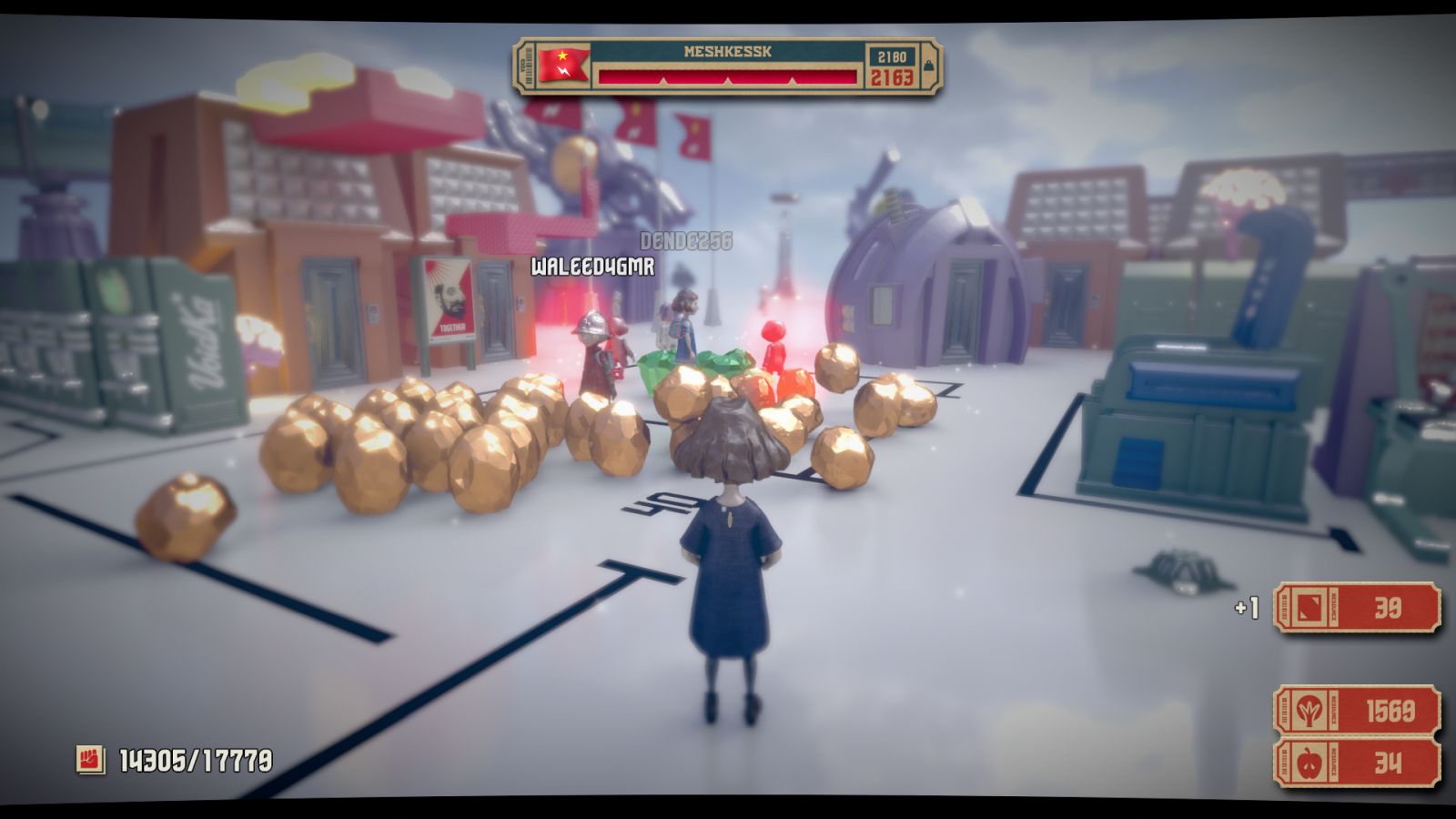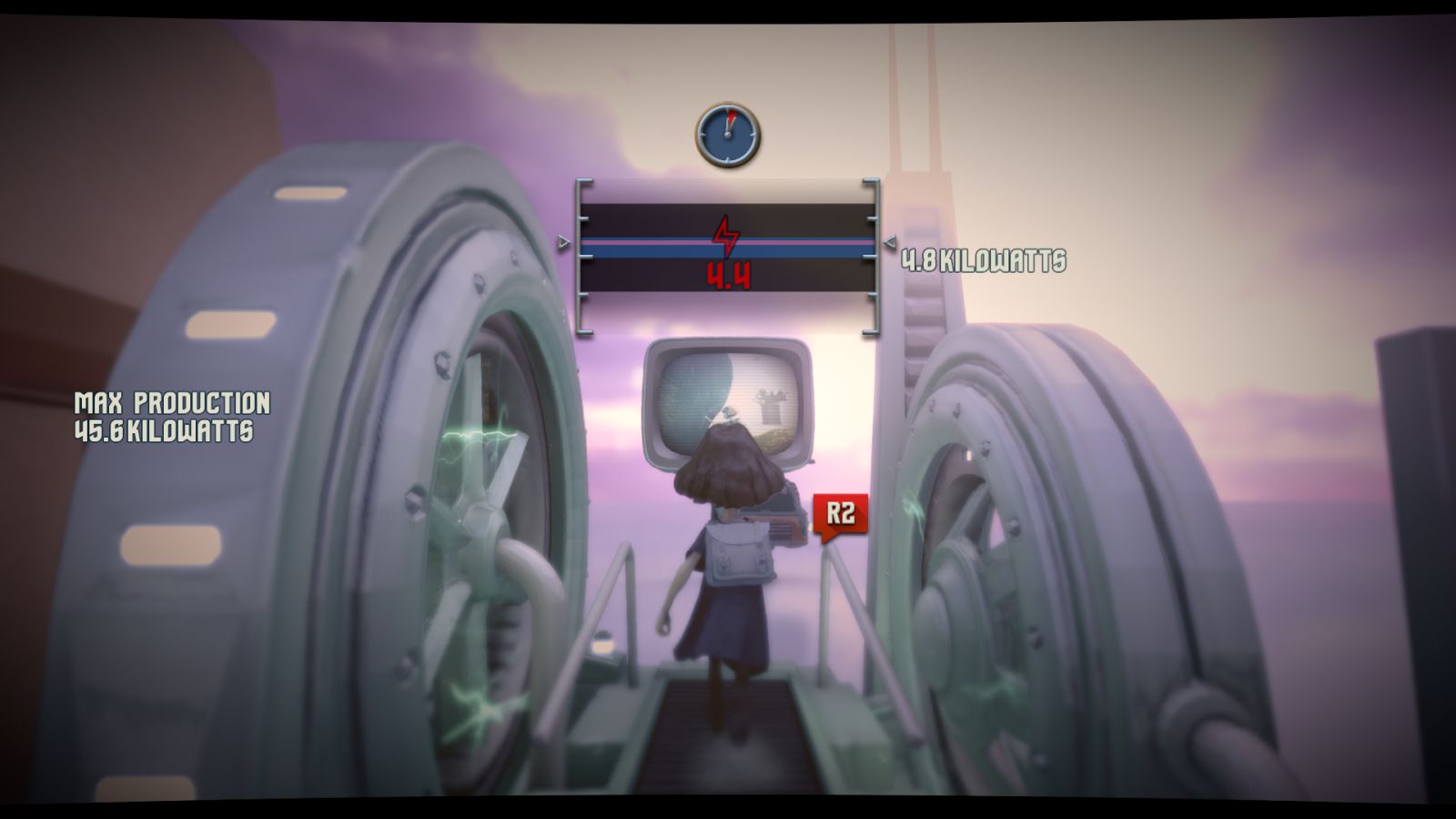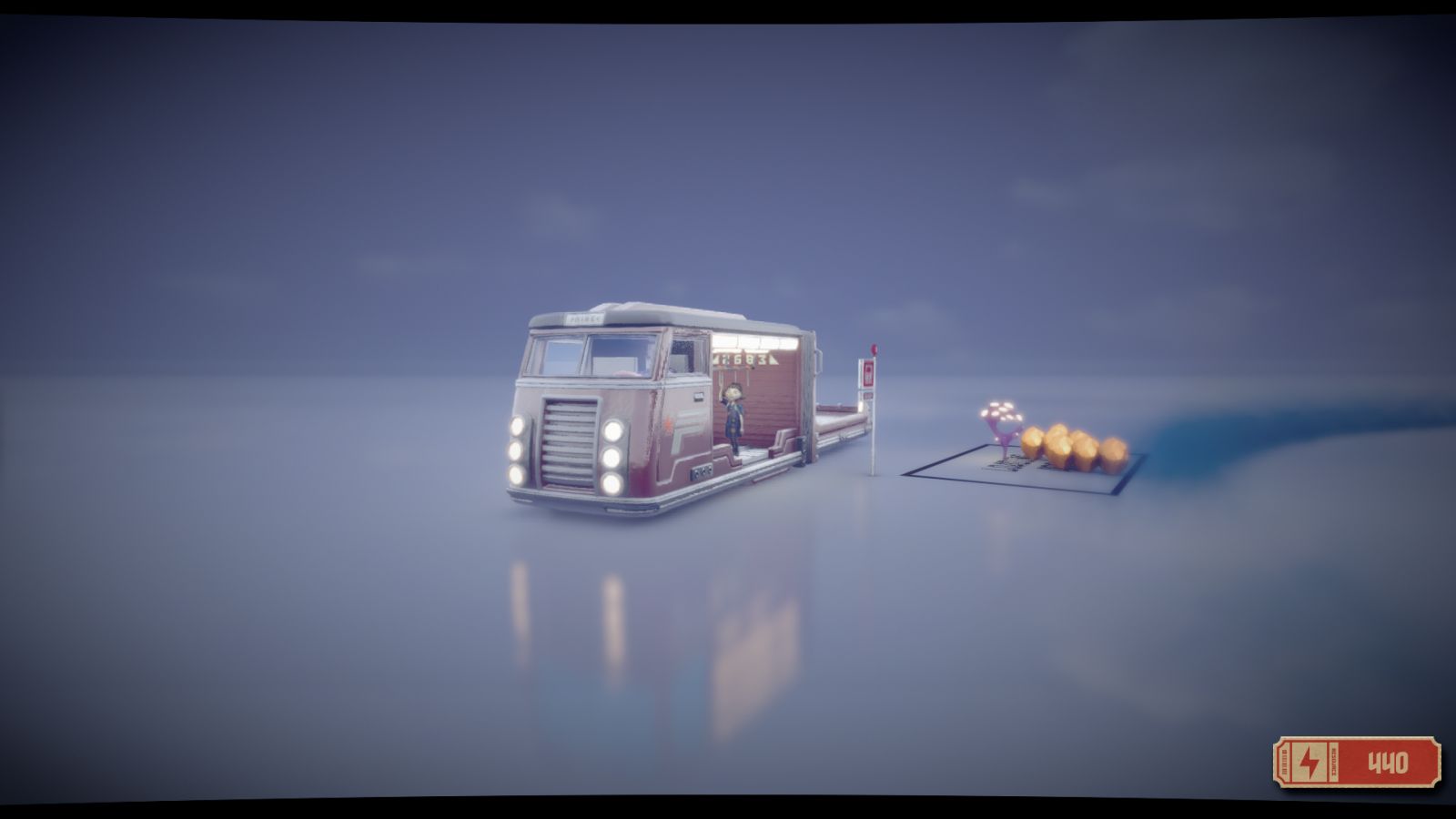SEO has entered a new era in 2026. AI tools are more powerful, users expect instant results and Google continues tightening its criteria for…
The Tomorrow Children [PS4] review: splendid child labour

Have you ever played a game so confusing, so convoluted and so downright odd that you haven’t a clue what to feel, think or do afterwards? That’s my problem after sinking a good 15 hours into The Tomorrow Children — easily the strangest game you’ll play on the PlayStation 4 this year. Or perhaps ever.
It’s weird. It’s unbelievably pointless. But it’s also strangely addictive. But that barely paints a corner of this game’s canvas.
But before I sink my teeth into why I can’t quite plot this title on 2016’s gaming map, let’s start with the basics.
Welcome to the Void, comrade
The Tomorrow Children is set in a dystopian world that should really be Soviet Russia, but physically resembles the moon if it were covered in quicksand. Here, little mindless girls (who are allegedly nothing more than digital projections) scatter the surface, populate settlements, take part in underage mining, gather other resources, and fight off giant bullet-sponged asshole monsters dubbed Izberg. It’s like Annie, except there’s no singing and everyone’s Russian.

Me holding a swanky pickaxe. In the background, you can see two Izberg about to devour the town
The ultimate point of the game is this: repopulate the towns by finding little Russian nesting dolls that hold dead people, revive them, and care for them by caring for your town. In this gaming world, you hold all the cards, cards which you are forced to find.
It’s like Annie, except there’s no singing and everyone’s Russian
It’s a combination of Minecraft’s world building mechanics, with just a dash of No Man’s Sky‘s mineral mining. But just like its contemporaries, there’s no real story thread running through it.
Clearly, the setting and accents is a sarcastic hat-tip to Marxism, but even with metaphors so unsubtle, I couldn’t help but feel charmed by this game’s little details. It sure doesn’t take itself too seriously.

The Tomorrow Children’s RPG element is simple, but ultimately a forgotten chore
From the quicksand occasionally rise massive islands resembling a drowning man swatting bombs, a roasted pig with an apple in its mouth, or something simple like an actual tree-laden desert island. From these, you’ll mine your materials, including metals, wood, precious gems and food in the form of apples.
These islands are probably the most interesting facet of the game. There are about six different islands at launch, which do get tiresome fairly quickly. But, you’ll soon get to know each, what resources they hold, and what to look for when they spring up. Thanks to their remote locations, often in the middle of the mire, a bus transports you to guarantee your safety.
Not much explanation is given as to why these islands appear though. And if you’re looking for context for anything in this game, good luck finding it. That goes for a tutorial too.

Other players on the server are only visible when doing something — like picking up and sorting minerals
But obviously, these islands with seemingly all the resources you need, aren’t just fertile playgrounds. While The Tomorrow Children doesn’t focus on close combat, these islands are dotted with evil flying anteaters, enormous mech spiders, and the occasional huge drop that will definitely kill you. The darkness also damages your projection, but that can be remedied by eating apples, or staved off entirely by turning on a lantern.
The Tomorrow Children tries hard not to be a mine-this-take-that simulator. There’s a mild RPG element that allows you to select character traits upon each new level gained. These factors includes strength, agility and patriotism. While not as detrimental to your experience of the game as in Fallout, choosing your favourite traits does affect how you decide to play the game. Strength is perfect for resource gathering on islands, while patriotism is what’s needed if you intend to stay in towns, managing critical resources.
When your fellow players decide to shell the town, because boredom
Like Fallout, some apparel also boosts specific traits, while other factors — like voting for a specific government — also improves life in certain ways. And yes, unlike its contemporaries, The Tomorrow Children lets gamers take part in nationalist duties, like voting and applying for citizenship.
The Tomorrow Children tries hard not to be a mine-this-take-that simulator
Sticking with the RPG element, you can equip a number of helpful tools and items to help you on islands, from pick-axes to shovels, to jetpacks to parasols. Heavy weapons are also available in The Tomorrow Children. Have you ever wanted to see a little girl fire a rocket launcher into a 100-foot monster? This is your game.
Each of these items has a role to play in your mining endeavours. Parasols can ensure you land safely from nasty drops, while the rocket launcher… well, that one’s more obvious. These items do degrade over time, though, so restocking is imperative.

One of the now-many islands that spring up from the nothingness
Of course, purchasing these is the big issue, and while the State does give you a few items to get your toil started, most of them are pretty shit. Buying more items requires more currency gained from working harder, or running across Freeman Dollars — what is essentially the black market currency. With this cash, you can buy bigger, swankier and more effective equipment that improves productivity and decreases the game’s overall wait time.
And you definitely do a lot of waiting in this game. Waiting for the bus. Waiting for islands to spawn. Waiting for giant bullet-sponge monsters to die. Waiting for your little pickaxe to dig up the good stuff.
In practice, the game is as good as an umbrella in a hurricane
Just like No Man’s Sky, The Tomorrow Children also laughs at you hysterically if you attempt to place more than three items in your satchel at any given time. Sure, your equipment is given its own inventory division, but held items are only granted three slots. What the fuck for, we still don’t know. Still, this can be upgraded, *activate Russian accent* at a price.
So just to summarise: The Tomorrow Children is effectively a resource gathering game with RPG and social elements. It’s a game about grinding, but grinding for the greater good. Now, that’s all admirable and a seemingly stellar concept on paper, but in practice, the game is as good as an umbrella in a hurricane.

What am I doing here?
Gameplay, for lack of a better word, is dismal. Sure, the movement physics are average (when you’re not trying to interact with something next to you, like a rock), and the general one-tap-to-go mechanics save on wrist-cramps, but it’s not what I’d call an immersive experience.
The camaraderie of the experience — yes, this is a multiplayer game — is where the title’s true potential shines through.
But there’s a number of shortfalls here too.
This game doesn’t allow users to interact, bar a few gestures and fleeting visual cues. When a player performs an action of value — picking up a mineral, mining something or simply shooting a monster — they’re visible. When they’re standing still, they aren’t. Because this is a game that relies chiefly on building a community — with communities living and dying by communication — it’s an absolute nightmare.

One of the many mini-games, this treadmill-like contraption creates power for the city. It’s awful to play though
This, the game director Dylan Cuthberg explained was to alleviate the feeling of judgement laid on people if they sense others aren’t working as hard. That’s understandable, but it doesn’t work if you’re trying to gather folk to work on something collaboratively. The game’s multiplayer element is often hit and miss based purely on intuition, intuition that many online don’t possess.
In my latest town, there was enough wood to build a life-size model of Trump Tower, but only enough power to boil a kettle
But leaving feel-good vibes up to the internet is not always a good idea. Largely because you’re forced to work with people online you haven’t met — and some online are just bags of salt with Sharpie eyes — the experience is usually one of exclusivity. I didn’t feel like I contributed much to the community building and maintenance even if others around me were commending me.
I was often snubbed (effectively a Reddit downvote, which decreases your efficacy and therefore wages in game) for simply contributing to the greater good of the town. Hell, I was even snubbed for shooting monsters.

I snubbed a poor bloke by accident, and had points deducted in the process
Some people don’t possess the deepest well of common sense either.
Building swings and slides before any rescue apparatus (which allows dead people to be revived — the ultimate goal) is just asinine. Rules within these towns are esoteric too. You can’t build too many structures if a mandate is required. You also can’t deconstruct unnecessary buildings if you aren’t a resident of the town.
Thanks to one of my town’s reaching its building limit, I couldn’t build another one, and couldn’t help the town reach its end goal. Gamers also tended to collect too much of one material. In my latest town, there was enough wood to build a life-size model of Trump Tower, but only enough power to boil a kettle.
The Tomorrow Children needs a better communication system that’ll allow gamers to collaborate, and build literal communities together. Right now, it’s all a bit superficial and empty.

Even the bus is adorable
But while the game fails miserably in gameplay and mechanics, it triumphs in sheer visual splendour.
Pretty like St Petersburg
The Tomorrow Children might be the best looking game on the PlayStation 4 right now, in a Russian doll sort of way. According to Q-Games, its making extensive use of the PS4 architecture, and developed an engine that would focus primarily on lighting physics. Those lighting effects are an absolute triumph, with sunrise and sunset becoming two of the most spectacular moments of the day in the gaming world.
Even deep within caves, light from torches, lanterns and glowing ferns bounce around walls creating an almost mood-lit ambiance. It’s glorious, and really adds to the game’s magical, whimsical feel.

These lighting effects are gorgeous, but push the PS4 to its rendering limits
On that note, The Tomorrow Children‘s colour palette is also worth a mention. Sticking to dreary, dull beige and browns for the landscape, cities are glowing purple and red, while islands exude the same rich hues. The use of colour reflects the various moods and tones conveyed in the gaming world.
The Tomorrow Children might be the best looking game on the PlayStation 4 right now
When islands disintegrate, they morph into petal-like flakes that float through the gaming world’s atmosphere. It might slow the PS4 to a standstill (to be fair, this game isn’t well optimised at all), but it’s truly beautiful.
When other players pop into existence, and pop out again, the console really doesn’t do well, dropping to around 10 frames per second at times. In heavily populated towns, it’s much, much worse.

One of the three minerals you can mine. Names aren’t given to these shiny items
Beyond that? There’s nothing more to say.
There are clear issues — and I haven’t even mentioned the sound popping problem I experienced after update 1.07. Let’s be clear though: the gameplay is as thin as tracing paper, while the mechanics are ill-conceived especially for a multiplayer game, but that doesn’t mean I absolutely hated my time with The Tomorrow Children.
I found that the easiest way to play the game was forget the dev’s storyboard, reimagine it, and project your own life’s struggles onto it.

My latest scorecard after leveling up. The charm is in the tiny details
On the face of it though, there’s really not much to The Tomorrow Children for those looking at an immersive mid-year title.
The game will be free-to-play in the coming months, but Q-Games has yet to announce the date.
Verdict: Lacking substance but filled with soul, The Tomorrow Children could be forgiven for it’s glorious visuals and adorable character models, but a game isn’t simply the sum of its pixels. There are glimmers of a stellar game within the desolate gameplay and awkward mechanics, but overall, it fails to be what it ought to be: a complex, community-based indie darling.
Score: 5.5/10



